Understand
Welcome to Taipei, the bustling capital city of Taiwan! In 1884, Taipei experienced a transformation when the Qing dynasty governor of Taiwan decided to move the prefecture capital here. With this move came the construction of government offices and an influx of civil servants, marking the end of Taipei's days as a sleepy market town. As Taipei is in the northern part of Taiwan, close to Japan, the city thrived even further when Taiwan was ceded to Japan in 1895. However, during Japan's "modernize-come-what-may" period, much of Taipei's traditional Chinese-style architecture was demolished, making way for European-style buildings like the Presidential Palace and National Taiwan University. Fast forward to 1945 when the KMT government arrived from mainland China, bringing millions of refugees to Taipei. Temporary housing estates and later Soviet-era-style concrete apartment buildings shaped the city's landscape. But then, in the 1980s, Taiwan's economy took off, leading to a wave of changes in Taipei. Wide, tree-lined boulevards were laid, high-quality apartment blocks were constructed, and stylish restaurants and cafes emerged. Taipei was booming, and the city has never looked back since. Today, Taipei is a confident city with about 2.5 million inhabitants, known for its friendly people and safe streets. It may not always be at the top of tourist destinations, but it is a truly fascinating place to visit and live. One of its attractive qualities is that, despite its size, Taipei doesn't have any rough areas that are considered unsafe, even at night. The city is divided into East and West, with the West representing old Taipei life, complete with its narrow streets and roadside vendors. On the other hand, East Taipei embodies the city's metamorphosis into a modern and international hub, with its classy malls, chic boutiques, and stylish restaurants and cafes that rival those found in Tokyo, Paris, or New York.
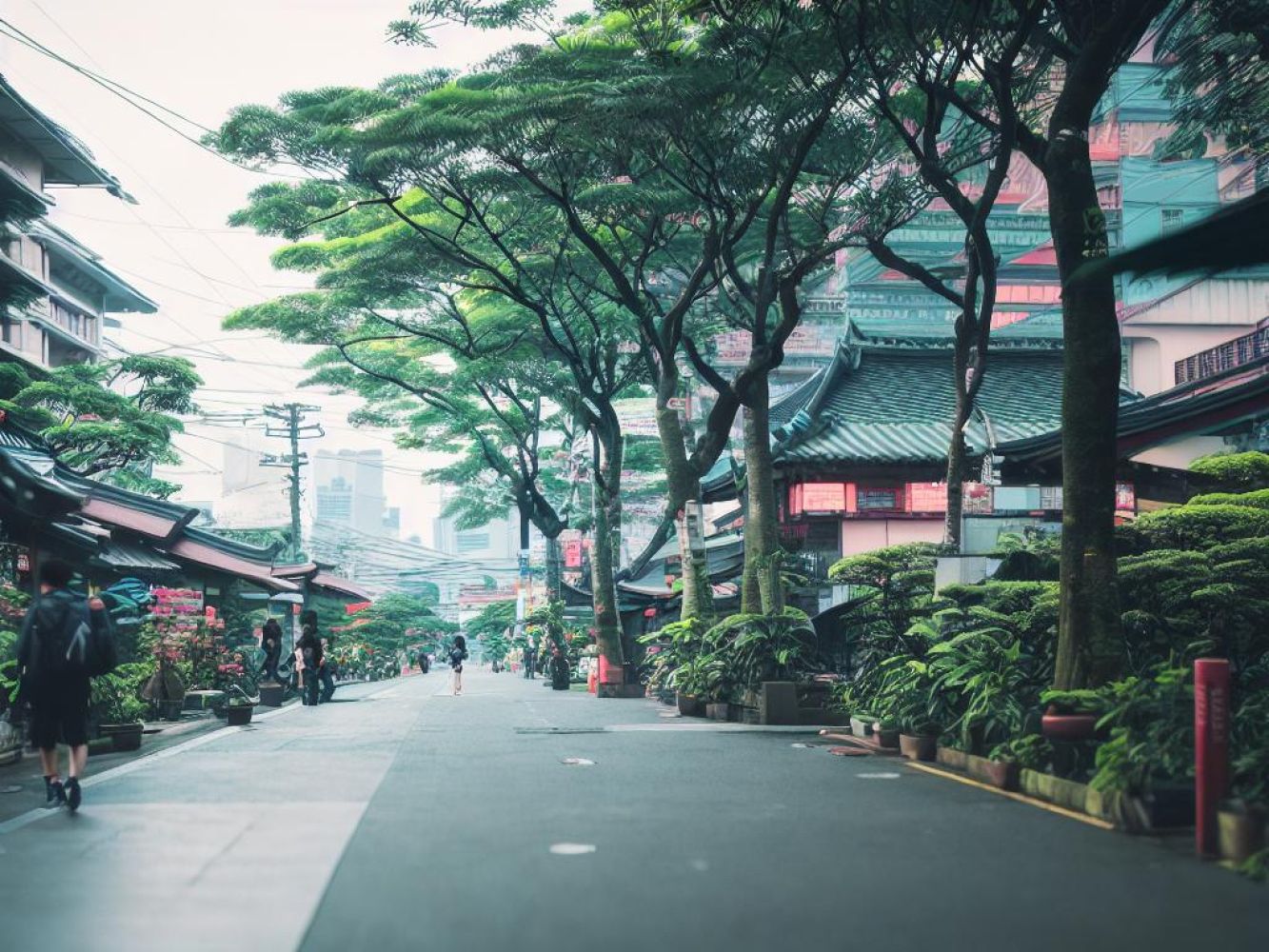

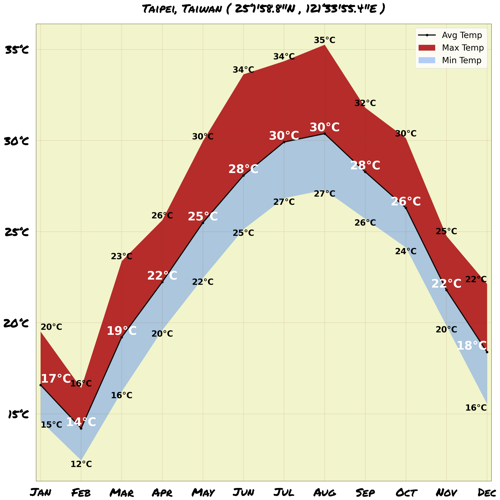
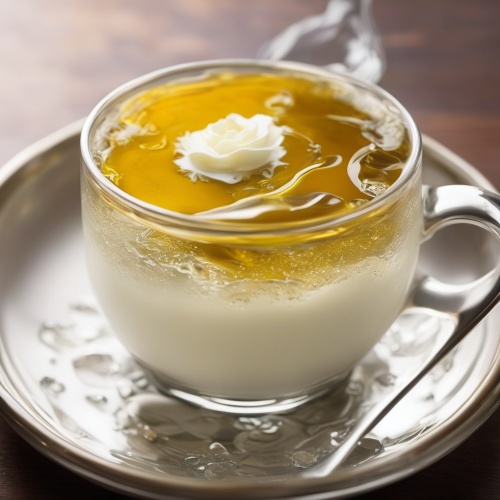
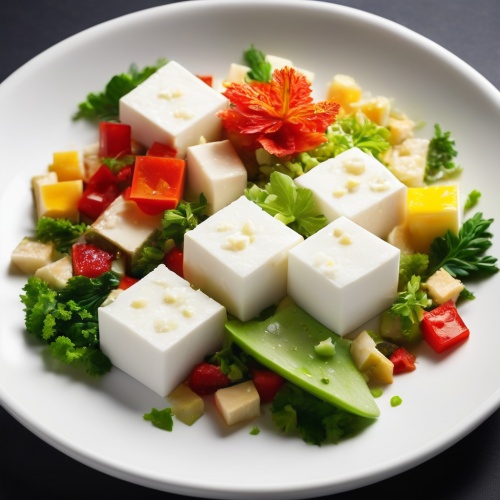
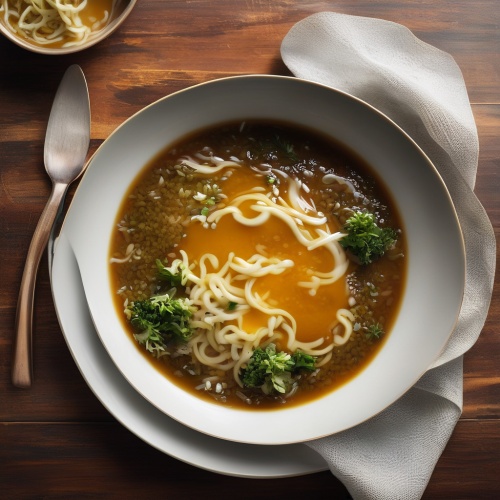
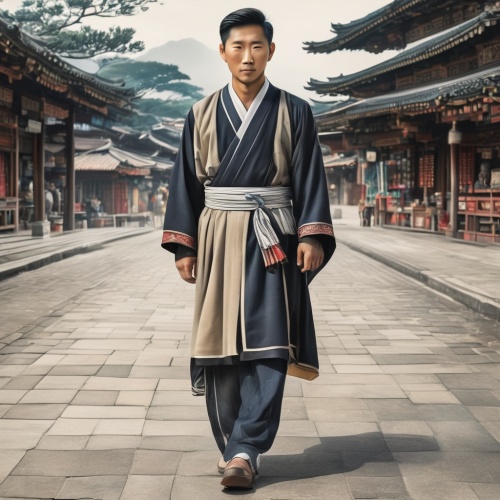
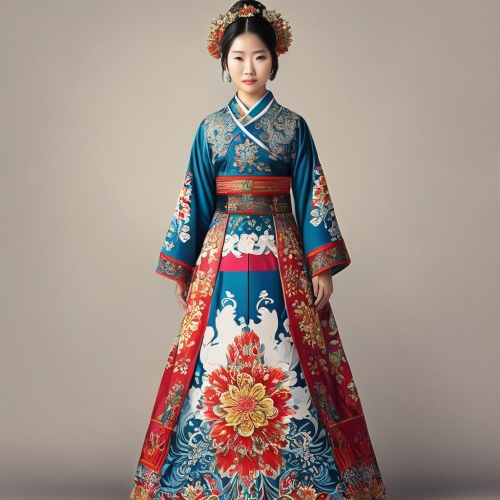
Comments
NO COMMENTS